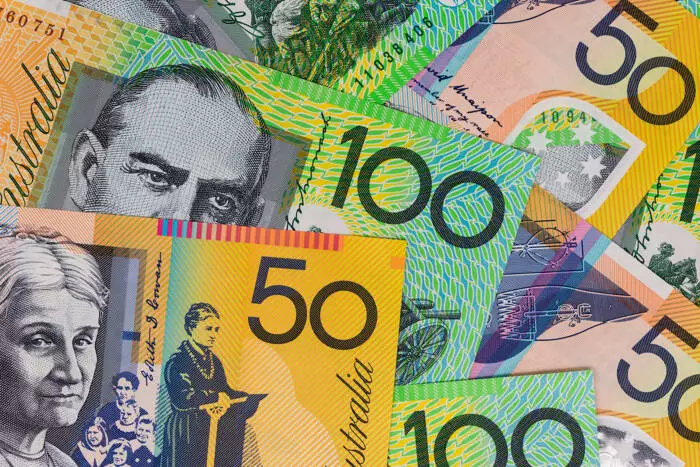The Australian dollar (AUD) and U.S. dollar (USD) exchange rate remains a focal point for analysts as multiple factors converge, potentially influencing the direction of the AUD/USD pair. Recent calls for the Federal Reserve (Fed) to reconsider further interest rate cuts have put pressure on the AUD/USD, pushing it toward the significant support level of $0.67. This scenario reflects growing uncertainties around monetary policy in the United States, especially as traders decipher various economic indicators and central bank communications.
The trajectory of the AUD/USD will likely be shaped by fiscal policies emerging from Beijing, the robustness of the Australian labor market, and consumer spending metrics in the U.S. Fed’s stance on interest rates directly correlates with these indicators, particularly heading into the fourth quarter of 2024, when multiple rate cuts could be anticipated. If the discussions surrounding this potential easing gain traction, it could position the AUD/USD towards the $0.68 threshold instead.
Nonetheless, it is crucial to consider the implications of fiscal stimulus aimed at bolstering consumer spending in China. If effective, such measures may alleviate some pressure on the Australian economy, which is sensitive to shifts in commodity prices and trade relationships with China. Conversely, a robust U.S. retail sales report could counterbalance these developments, limiting the potential for aggressive rate cuts from the Fed while simultaneously affecting the AUD/USD pair.
Market sentiment is also undergoing scrutiny as geopolitical tensions, such as those in the Middle East, become increasingly pertinent. An escalation in conflict may instigate a flight to safety, driving demand toward the U.S. dollar. Currently, the AUD/USD sits below the 50-day Exponential Moving Average (EMA) while resting above the crucial 200-day EMA, which reflects a bearish sentiment in the short term yet bullish potential in the longer view. A successful breakthrough above the 50-day EMA could signify a bullish shift and open opportunities for the pair to challenge the $0.68006 resistance level.
If the AUD/USD were to breach that resistance, the next target could be the $0.68500 mark, cementing a bullish outlook. Traders will need to stay alert for economic indicators from China and comments from Australian central banks, as these will likely contribute to price volatility.
The Risk of a Downturn
However, the risks of a downturn remain substantial. A drop beneath the support level of $0.67050 could signal a stronger bearish trend that may lead the currency pair back towards the 200-day EMA. Given the recent 14-period Relative Strength Index (RSI) reading of 43.74, there is a possibility that the AUD could retrace to the 200-day EMA before confirming an oversold status.
The AUD/USD currency pair remains at a critical juncture. It is essential for investors and traders to keep a close watch on central bank communications and economic datasets that will likely dictate the near-term movements of this currency pair while being aware of the broader geopolitical landscape.

